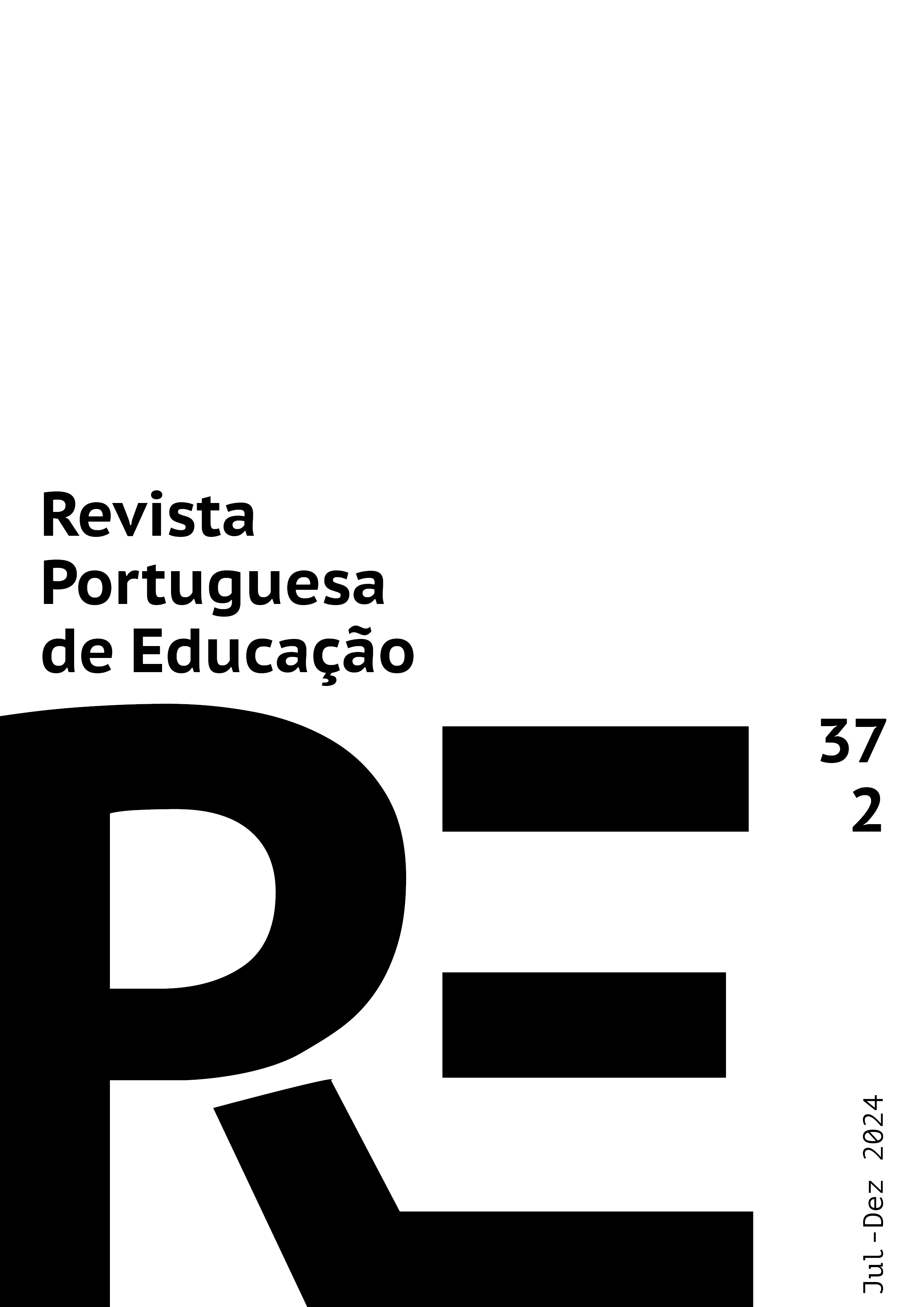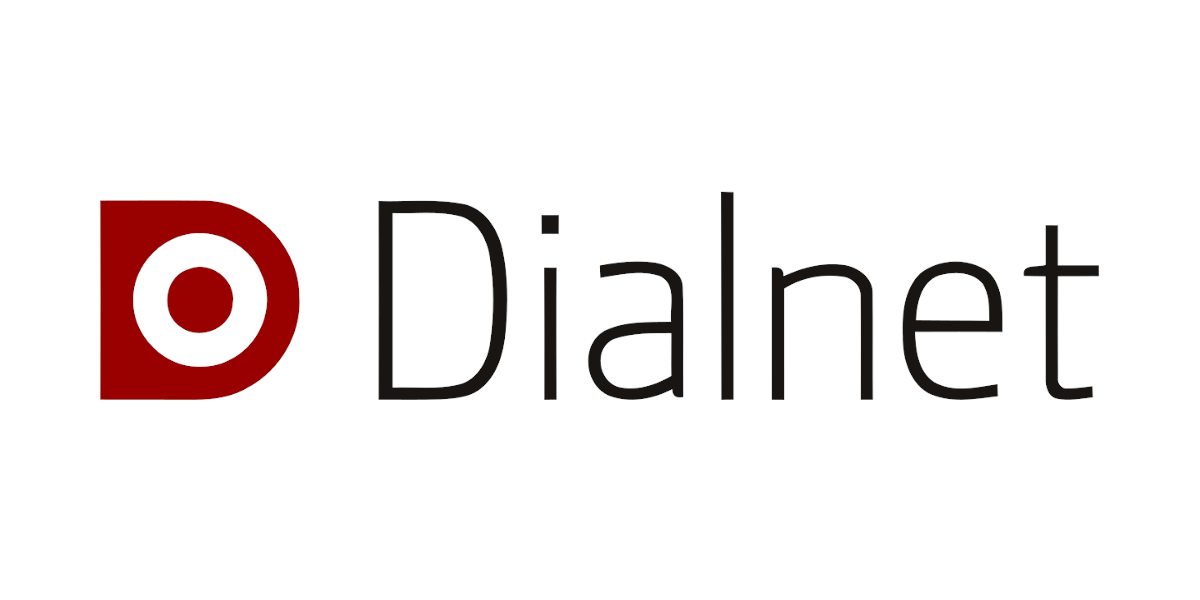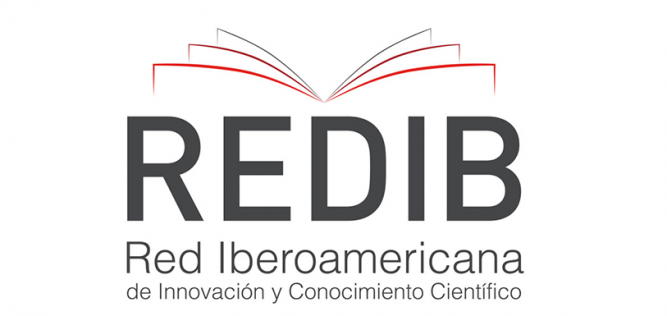Repensando la oralidad en ELI: ¿Cuál es el lugar de la inteligibilidad en el aula de ILE?
DOI:
https://doi.org/10.21814/rpe.32003Palabras clave:
Inglés como Lengua Extranjera, Oralidad, Inteligibilidad, Aula, Prácticas docentesResumen
Por lo general, los especialistas consideran que aprender una Lengua Extranjera (LE) es un activo importante para la comprensión global y la movilidad de las personas. El inglés se encuentra en la parte superior de la pirámide como el idioma número uno para lograr estos objetivos. Hoy en día, ser capaz de expresarse de manera inteligible en inglés es fundamental para los estudiantes que desean prosperar tanto académica como profesionalmente. De hecho, el concepto de inteligibilidad está ahora firmemente establecido en el campo de la lingüística aplicada como uno de los factores clave para explicar el éxito o el fracaso de la comunicación entre interlocutores de diversos orígenes culturales y lingüísticos. Así, la esencia de este artículo reside en el análisis de las prácticas docentes comunicativas de los profesores de inglés como lengua extranjera y cómo se reflejan en la competencia e inteligibilidad del habla de los estudiantes. Los resultados muestran que el inglés continúa siendo enseñado con poca atención a su uso en el mundo real, creando una brecha entre las necesidades/expectativas de los estudiantes y su aprendizaje real. En general, el artículo se centra en la necesidad de una reconceptualización de la oralidad, basada en el papel de la inteligibilidad en el mundo contemporáneo en el que vivimos. El artículo funciona como un desafío a los puntos de vista tradicionales sobre las prácticas de enseñanza/aprendizaje al reclamar la necesidad de repensar los enfoques de la competencia oral de los estudiantes basados en el principio de inteligibilidad.
Descargas
Citas
Abercrombie, D. (1949). Teaching pronunciation. English Language Teaching, III(5), 113-122. https://doi.org/10.1093/elt/III.5.113
Anderson-Hsieh, J., & Koehler, K. (1988). The effect of foreign accent and speaking rate on native speaker comprehension. Language Learning, 38(4), 561-593. https://doi.org/10.1111/j.1467-1770.1988.tb00167.x
Bent, T., & Bradlow, A. R. (2003). The interlanguage speech intelligibility benefit. Journal of the Acoustical Society of America, 114(3), 1600-1610.https://doi.org/10.1121/1.1603234
Björkman, B. (2014). An analysis of polyadic English as a Lingua Franca (ELF) speech: A communicative strategies framework. Journal of Pragmatics, 66, 122-138. https://doi.org/10.1016/j.pragma.2014.03.001
Bradlow, A. R., & Pisoni, D. B. (1999). Recognition of spoken words by native and non-native listeners: Talker-, listener-, and item-related factors. Journal of the Acoustical Society of America, 106(4), 2074-2085. https://doi.org/10.1121/1.427952
Cogo, A., & Dewey, M. (2012). Analysing English as a Lingua Franca: A corpus-driven investigation. Continuum.
Cogo, A., & House, J. (2018). The pragmatics of ELF. In J. Jenkins, W. Baker & M. Dewey, The Routledge handbook of English as a Lingua Franca (pp. 210-223). Routledge.
Correia, R. C. (2015). Classroom anxiety and young language learners: Broadening the scope of the research agenda. Humanising Language Teaching, 17(4). http://old.hltmag.co.uk/aug15/sart02.htm
Council of Europe. (2001). Common European Framework of Reference for Languages: Learning, Teaching, Assessment. Cambridge UP. http://www.coe.int/lang-CEFR
Council of Europe. (2018). Common European Framework of Reference for Languages: Learning, Teaching, Assessment - Companion Volume with New Descriptors. Council of Europe Publishing. http://www.coe.int/lang-CEFR
Council of Europe. (2020). Common European Framework of Reference for Languages: Learning, Teaching, Assessment - Companion Volume. Council of Europe Publishing. https://www.coe.int/en/web/common-european-framework-reference-languages
Cruz, N. C. (2007). Terminologies and definitions in the use of intelligibility: State-of-the-art. Revista Brasileira de Linguística Aplicada, 7(1), 149-159. http://www.redalyc.org/articulo.oa?id=339829600008
De Jong, N. H., Steinel, M. P., Florijn, A. J., Schoonen, R., & Hulstijn, J. H. (2012). Facets of speaking proficiency. Studies in Second Language Acquisition, 34(1), 5-34. https://doi.org/10.1017/S0272263111000489
Derwing, T. M., & Munro, M. J. (2005). Second language accent and pronunciation teaching: A research-based approach. TESOL Quarterly, 39(3), 379-397. https://doi.org/10.2307/3588486
Derwing, T. M., & Munro, M. J. (2015). Pronunciation fundamentals: Evidence-based perspectives for L2 teaching and research. John Benjamins.
Eberhard, D. M., Simons, G. F., & Fennig, C. D. (2022). Ethnologue: Languages of the World (25th Ed.). SIL International.
Fayer, J. M., & Krasinski, E. (1987). Native and nonnative judgments of intelligibility and irritation. Language Learning, 37(3), 313-326.https://doi.org/10.1111/j.1467-1770.1987.tb00573.x
House, J. (2022). The pragmatics of English as a Lingua Franca. Applied Pragmatics, 4(2), 121-136. https://doi.org/10.1075/ap.00005.hou
Isaacs, T., & Trofimovich, P. (Eds.). (2017). Second language pronunciation assessment: Interdisciplinary perspectives. Multilingual Matters. https://www.researchgate.net/publication/310465751_Second_language_pronunciation_assessment_Interdisciplinary_perspectives
James, C. (1998). Errors in language learning and use: Exploring error analysis. Longman.
Jenkins, J. (2000). The phonology of English as an International Language: New models, new norms, new goals. Oxford Universit Press.
Jenkins, J. (2002). A sociolinguistically based, empirically researched pronunciation syllabus for English as an International Language. Applied Linguistics, 23(1), 83-103. https://doi.org/10.1093/applin/23.1.83
Jenkins, J. (2014). English as a Lingua Franca in the international university: The politics of academic English language policy. Routledge.
Kennedy, S. (2017). Using stimulated recall to explore the use of communication strategies in English as a Lingua Franca interactions. Journal of English as a Lingua Franca, 6(1), 1-27. https://doi.org/10.1515/jelf-2017-0004
Kenworthy, J. (1987). Teaching English pronunciation. Longman. https://zourpri.files.wordpress.com/2014/01/teaching-english-pronunciation.pdf
Kirkpatrick, A. (2010). English as a Lingua Franca in ASEAN: A multilingual model. Hong Kong University Press.
Levis, J. M. (2006). Pronunciation and the assessment of spoken language. In R. Hughes (Ed.), Spoken English, Applied Linguistics, and TESOL: Challenges for theory and practice (pp. 245-270). Palgrave Macmillan.
Levis, J. M. (2018). Intelligibility, oral communication, and the teaching of pronunciation. Cambridge University Press.
Morley, J. (1991). The pronunciation component in teaching English to speakers of other languages. TESOL Quarterly, 25(3), 481-520. https://doi.org/10.2307/3586981
Nelson, C. L. (2011). Intelligibility in world Englishes: Theory and application. Routledge.
Newbold, D. (2021). English Lingua Franca: New parameters for the teaching (and testing) of English pronunciation?. EL.LE, 10(3), 393-410. https://doi.org/10.30687/ELLE/2280-6792/2021/03/003
Piccardo, E. (2016). Common European Framework of Reference for Languages: Learning, Teaching, Assessment - Phonological Scale Revision Process Report. Education Department. Strasbourg: Council of Europe – Language Policy. www.coe.int/lang-cefr
Reid, K. T., Trofimovich, P., & O’Brien, M. G. (2019). Social attitudes and speech ratings: Effects of positive and negative bias on multiage listeners’ judgments of second language speech. Studies in Second Language Acquisition, 41(2), 419-442. https://doi.org/10.1017/S0272263118000244
Sheppard, B. E., Elliott, N. C., & Baese-Berk, M. M. (2017). Comprehensibility and intelligibility of international student speech: Comparing perceptions of university EAP instructors and content faculty. Journal of English for Academic Purposes, 26, 42-51. https://doi.org/10.1016/j.jeap.2017.01.006
Sifakis, N. C., & Sougari, A.-M. (2005). Pronunciation issues and EIL pedagogy in the periphery: A survey of Greek state school teachers’ beliefs. TESOL Quarterly, 39(3), 467- 488. https://doi.org/10.2307/3588490
Simon, E., Lybaert, C., & Plevoets, K. (2022). Social attitudes, intelligibility and comprehensibility: The role of the listener in the perception of non-native speech. Vigo International Journal of Applied Linguistics, (19), 177-222. https://doi.org/10.35869/vial.v0i19.3763
Smith, L. E., & Nelson, C. L. (1985). International intelligibility of English: Directions and resources. World Englishes, 4(3), 333-342. https://doi.org/10.1111/j.1467-971X.1985.tb00423.x
Spada, N., & Fröhlich, M. (1995). Communicative orientation of language teaching observation scheme: Coding conventions and applications. National Centre for English Language Teaching and Research.
Swain, M. (2000). The output hypothesis and beyond: Mediating acquisition through collaborative dialogue. In J. P. Lantolf (Ed.), Sociocultural theory and second language learning (pp. 97-114). Oxford University Press.
Timmis, I. (2002). Native-speaker norms and international English: A classroom view. ELT Journal, 56(3), 240-249. https://doi.org/10.1093/elt/56.3.240
Zielinski, B. (2006). The intelligibility cocktail: An interaction between speaker and listener ingredients. Prospect, 21(1), 22-45. https://researchers.mq.edu.au/en/publications/the-intelligibility-cocktail-an-interaction-between-speaker-and-l
Descargas
Publicado
Cómo citar
Número
Sección
Licencia
Derechos de autor 2024 Rúben Constantino Correia

Esta obra está bajo una licencia internacional Creative Commons Atribución-CompartirIgual 4.0.
1. Los autores y autoras conservan los derechos de autor y conceden a la revista el derecho de la primera publicación, con el trabajo simultáneamente disponible bajo la Licencia Creative Commons Attribution que permite compartir el trabajo con el reconocimiento de la autoría y publicación inicial en esta revista.
2. Los autores y autoras pueden asumir contratos adicionales separadamente para la distribución no exclusiva de la versión del trabajo publicada en esta revista (por ejemplo, depositar en un repositorio institucional o como capítulo de libro), con el reconocimiento de la autoría y publicación inicial en esta revista.
3. Los autores y autoras están autorizados y son incitados/as a publicar y compartir su trabajo en línea (por ejemplo, en repositorios institucionales o páginas personales) antes o durante el proceso editorial, pues puede dar lugar a modificaciones productivas o aumentar el impacto y las citas del trabajo publicado (Véase El Efecto del Acceso Libre).
Esta obra está disponible bajo la Licencia Creative Commons Atribución-CompartirIgual 4.0.




















